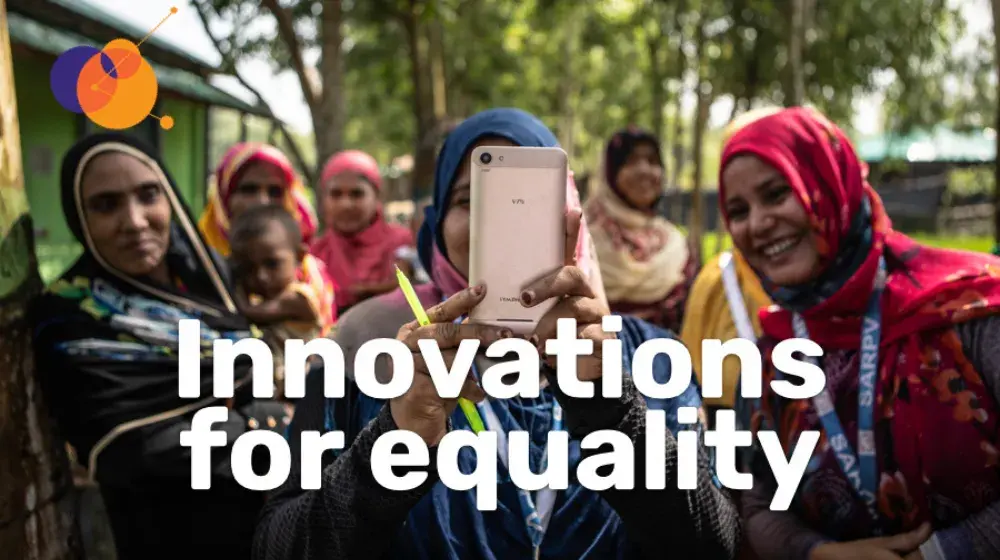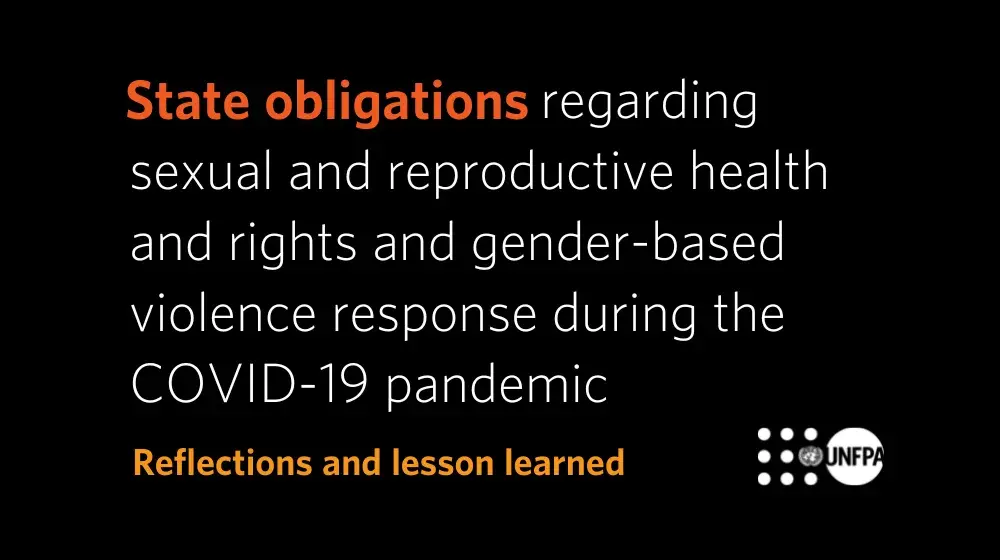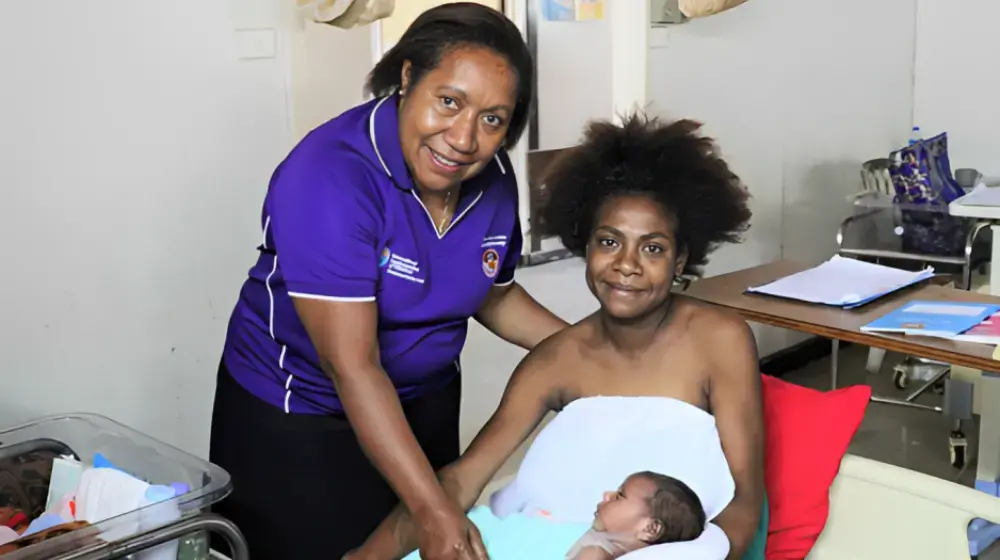With so many success stories, it might seem hard to believe that across Asia and the Pacific as a whole tens of thousands of mothers still die needlessly through pregnancy and childbirth every year.
Yet dig a little deeper and you’ll see why.
Despite huge gains, long-running conflicts, poverty and weak health systems still hamper efforts to reduce maternal deaths in a number of countries. There is still much work to do if all countries in the region are to meet the Sustainable Development Goals’ target of getting maternal deaths below 70 for every 100,000 live births by 2030.
Every year, tens of thousands of women across Asia and the Pacific die needlessly.

In 2015, around 85,000 women in the region died through causes related to pregnancy or childbirth. Every single day, on average, over 200 families suffered the loss of a loved one.
And what’s worse is that up to 90 per cent of these deaths could have been prevented through quality antenatal, obstetric and perinatal care – including care given by midwives and skilled birth attendants.
In the absence of such care, the average maternal mortality rate in Asia-Pacific is extremely high, at 127 per 100,000 live births, compared to the developed-country average of just 12 per 100,000.
9 of every 10 maternal deaths in Asia-Pacific occur in just 12 countries.
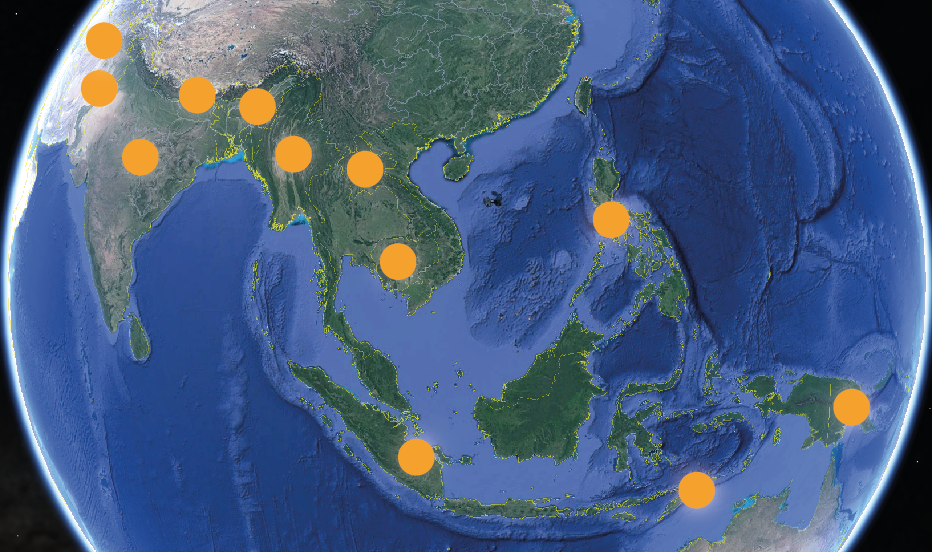
Map image: U.S Department of State Geographer. © Google
In 2015, almost 92 per cent of all maternal deaths in the region – around 78,000 – occurred in just 12 countries.
Afghanistan, Bangladesh, Cambodia, India, Indonesia, Lao PDR, Myanmar, Nepal, Pakistan, Papua New Guinea, the Philippines and Timor-Leste all have particularly high maternal mortality rates, of over 100 deaths per 100,000 live births.
In a number of these countries, conflict, poverty and weak infrastructure and health systems combine to make tackling the problem more difficult. Monitoring and reporting is also a bigger challenges, meaning the number of deaths may actually be higher.
Despite this, Bangladesh, Indonesia, Lao PDR and Timor-Leste are all on track to meet the target, and in so doing could save thousands of lives.
Yet at a time when family-planning policies are becoming more restrictive, boosting the pace of progress could be difficult, and for some countries, progress may even slow down.
On average it could take up to 26 years for the other 8 countries reach the target.
If today’s trends continue Pakistan would not meet the target for 26 years, Myanmar for 32 years and Papua New Guinea for 54 more years.
In Papua New Guinea and the Philippines, the number of maternal deaths is dropping by just 2% year on year.
Up to 100,000 lives could be saved if all 12 countries meet the target by 2030.
We must all collectively work harder -- governments, civil society and the United Nations -- if all 12 countries are to meet the global goals’ maternal mortality reduction target. If that happens, up to 100,000 lives could be saved across Asia and the Pacific by 2030.
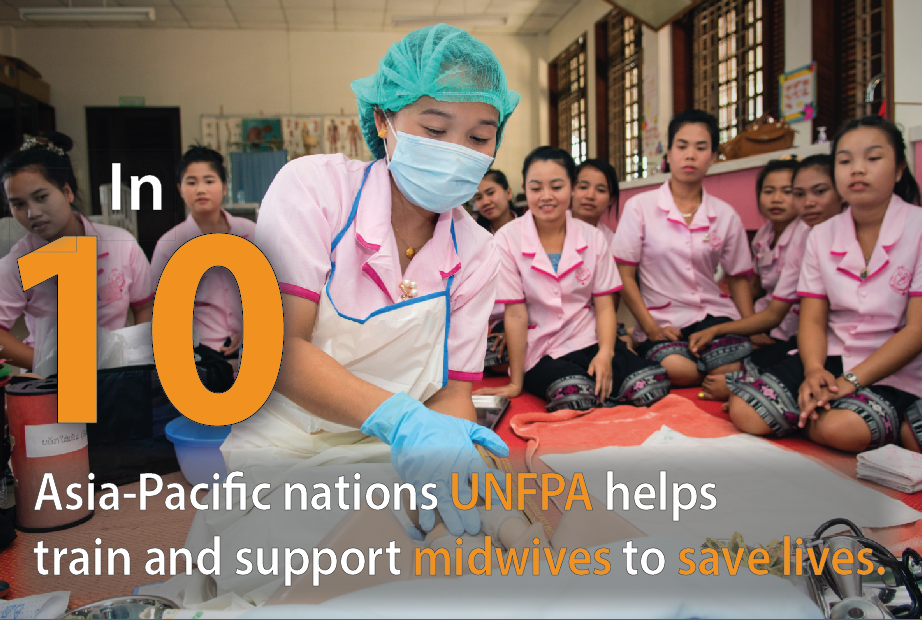
To get there, we’ll need more targeted and tailored interventions that respect the rights of women and girls to make decisions about their sexual and reproductive health.
These should include:
- Building better and more inclusive health systems that everyone can access, especially vulnerable groups, and that put a strong focus on sexual and reproductive health.
- Making family planning services, including a full range of quality contraceptive methods, readily available to women, men and adolescents.
- Engaging in advocacy and policy development to meet the needs of vulnerable and marginalized groups and to tackle harmful practices such as child marriage and violence against women.
Across Asia and the Pacific, UNFPA works with governments, health experts and civil society to train health workers, improve the availability of essential medicines and reproductive health services, strengthen health systems, and promote international maternal health standards.
In Afghanistan for example, UNFPA and its partners helped set up vital community health services, including 80 family health houses and nine mobile support teams that reached over 420,000 people by 2015.
In Lao PDR, UNFPA helped the Ministry of Health train midwives and village health volunteers to provide basic sexual and reproductive care, and provide the information that women need to avoid unwanted pregnancies. This contributed to a nearly 50% drop in maternal deaths, from 450 to 220 per 100,000 live births, between 2005 and 2015.
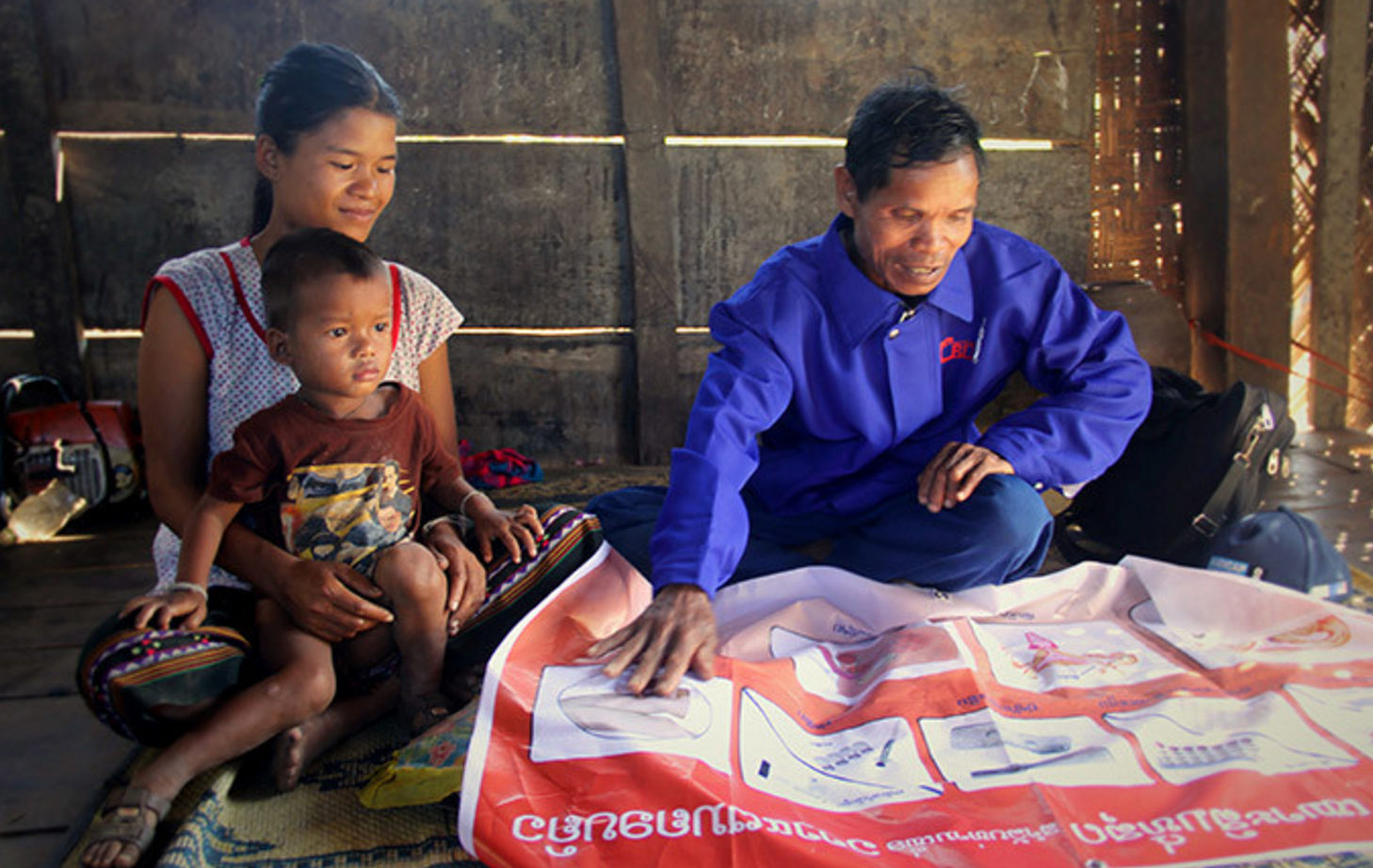
In Fiji, UNFPA, with support from the Australian government, pre-positioned thousands of dignity and reproductive health kits in preparation for any emergency. Following the devastation caused by Cyclone Winston in February 2016, these vital supplies helped meet women and girls’ immediate reproductive-health needs, saving the lives of mothers and children.
For more on our work to tackle maternal mortality read ‘Saving Asia’s mothers’ at Project Syndicate.


